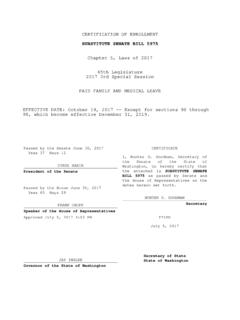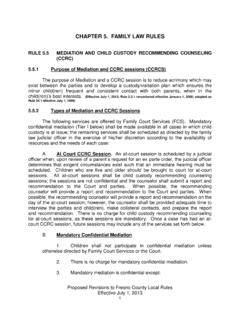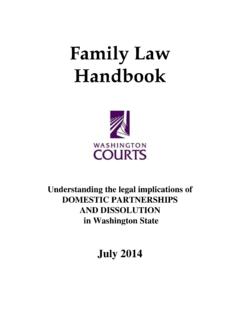Transcription of Chapter 5: Family Assessment Response (FAR) - ocfs.ny.gov
1 New York State Child Protective Services Manual Chapter 5 December 2017 Chapter 5: Family Assessment Response (FAR) Introduction to Family Assessment Response (FAR) .. A-1 1. Definition and description of FAR .. A-2 2. Requirements for LDSS participation .. A-2 Reports eligible for FAR .. B-1 1. Restrictions on assigning reports to FAR .. B-1 Foster care and day care .. B-1 Child day care .. B-1 2. Allegations ineligible for FAR .. B-1 3. LDSS criteria for FAR inclusion .. B-2 Allegations eligible for FAR .. B-2 Using FAR for court-ordered investigations .. B-2 Determining the appropriate track assignment .. C-1 1. Initial track assignment .. C-1 Informing the Family about the FAR option.
2 C-2 Changing the initial track assignment .. C-2 2. Finalizing the track assignment .. C-2 Conditions necessary to finalize assignment to FAR track .. C-2 3. When parents disagree about FAR participation .. C-3 4. Time limit for final track assignment .. C-4 5. Documenting the rationale for the track assignment .. C-4 Conducting the Family Assessment .. D-1 1. Initial contact with the Family .. D-1 2. Required casework activities .. D-2 Provide information and written notification to the Family about FAR .. D-2 Obtain the Family s consent to use FAR .. D-3 Complete the seven-day safety Assessment .. D-3 Engage the Family .. D-3 Complete at least one Family -Led Assessment Guide (FLAG).
3 D-4 Conduct ongoing risk and safety assessments .. D-6 December 2017 Make casework contacts .. D-6 Focus on solutions .. D-6 Offer needed services .. D-7 3. Closing a FAR report .. D-7 Safety and risk assessments .. E-1 1. Initial safety Assessment in FAR .. E-1 2. Individual contacts .. E-1 3. CPS history E-3 4. Conducting the initial safety Assessment .. E-3 5. Documentation of the initial safety Assessment .. E-4 6. Ongoing safety assessments .. E-4 7. Risk Assessment .. E-5 Documenting FAR activities .. F-1 Changing to investigation track after seven days .. G-1 Addressing a subsequent report for an open FAR case .. H-1 1. Subsequent report assigned to CPS investigative track.
4 H-1 2. Subsequent report assigned to the FAR track .. H-1 FAR administrative requirements .. I-1 1. Education and training of workers .. I-1 2. Supervision .. I-1 3. Case assignments .. I-1 4. Contracting for FAR activities .. I-1 Confidentiality provisions .. J-3 1. Entities with access to FAR records .. J- 3 2. Court access to FAR records .. J- 3 3. Law enforcement .. J- 4 4. Mandated J- 4 5. Re-disclosure of FAR information .. J- 4 Hearings and expungements .. K-1 New York State Child Protective Services Manual Chapter 5 Section A Page | A-1 Family Assessment Response December 2017 Chapter 5: Family Assessment Response (FAR) Introduction to Family Assessment Response (FAR) To allow for more flexible and helpful responses to families reported to the Statewide Central Register of Child Abuse and Maltreatment (SCR), New York State enacted a law authorizing a dual track child protective system [SSL 427-a].
5 The law prescribes the broad parameters of Family Assessment Response (FAR) and allows local departments of social services (LDSSs) that are authorized to establish a FAR program considerable flexibility to develop approaches that best match local resources, staffing capacity, and needs of families. The law excludes reports containing allegations of sexual abuse, physical abuse, severe or repeated abuse, abandonment, and failure to thrive from consideration for the FAR [SSL 427-a(3)]. It also requires an initial Assessment of child safety, and if a child is deemed unsafe, the report may not be handled using FAR [SSL 427-a(4)(c)]. Local districts can opt to impose more restrictive eligibility criteria for assignment to FAR than those required by the statute [SSL 427-a(3)].
6 The law requires that the following basic activities and services be included in the FAR approach: Notice to the Family of the intent to use FAR rather than a traditional CPS investigation An examination, with the Family , of the Family s strengths, concerns and needs Planning and provision of services, including case management where appropriate, that are responsive to the needs of the Family and supportive of Family stabilization A joint evaluation and Assessment of the Family s progress including ongoing, periodic assessments of safety and risk to the child [SSL 427-a(4)(d)] While the nature and intensity of services offered, staffing and supervisory structure, and collaboration with community partners can vary across participating LDSSs, all FAR programs incorporate the same basic principles and key practices: Families are treated as partners in FAR and are approached in a non-adversarial way, such as calling parents to arrange a time to meet with the Family instead of making an unannounced home visit or seeing the children at school without parental knowledge.
7 The FAR caseworker aims to gain a holistic understanding of the Family s functioning through a comprehensive Assessment of safety, risk, strengths, and needs. There is no formal determination of whether child maltreatment occurred. Families lead the process of identifying needs and appropriate resources and services, both formal and informal, that they feel will best meet their needs. There is no one size fits all approach to families who come into contact with Child Protective Services (CPS). Instead, the type and intensity of the CPS Response is based on the presence of imminent danger to the child, the level of future risk of child maltreatment, and the Family s strengths and needs, thus offering a continuum of Response appropriate to each Family s unique situation.
8 FAR caseworkers are trained in solution-focused practice techniques to engage Family members in crafting and implementing solutions to any child safety or well-being concerns. FAR started as a pilot program in 2007 and was made a permanent part of CPS in 2011. In 2014, New York State issued regulations that provide specific requirements for FAR [18 NYCRR ]. The specific laws and regulations applicable to FAR track are noted throughout this Chapter . A-2 | Page Chapter 5 Section A New York State Child Protective Services Manual December 2017 Family Assessment Response 1. Definition and description of FAR FAR is defined in state regulation as an alternative child protective Response to reports of child abuse and maltreatment in which no formal determination is made as to whether a child was abused or maltreated and which is based on principles of Family involvement and support consistent with maintaining the safety of the child.
9 In FAR, the Family and CPS jointly participate in a comprehensive Assessment of the Family s strengths, concerns, and needs, and plan for the provision of services that are responsive to the Family s needs and promote Family stabilization, for the purpose of reducing risks to children in the Family [18 NYCRR (ad)]. CPS collaborates with families assigned to FAR to maintain the safety and well-being of children. The parents or persons legally responsible for the child (PLRs) participate voluntarily with CPS to assess the Family s strengths, address any concerns, and plan for the provision of services that are responsive to the needs and well-being of the Family An initial safety Assessment is conducted to establish that the child is safe in the home and there are ongoing assessments of safety and risk; but there is no investigation of specific allegations of abuse or maltreatment, and no determination of indicated or unfounded [18 NYCRR (a)(1)].
10 Instead, the objective of FAR is to reduce the risk to children by a using a Family -centered, Family -led approach to effectively engage families in assessing their needs and strengths. FAR focuses on finding solutions to the Family s needs rather than on whether there was maltreatment and who is responsible. Respect for the Family and collaboration with the Family are the foundations of FAR. CPS/FAR workers and the Family jointly decide how to reduce future risk for children in the Family by identifying the Family s needs, strengths, and formal and informal resources. Using FAR gives CPS the flexibility to tailor its responses to the unique needs of each Family . 2.

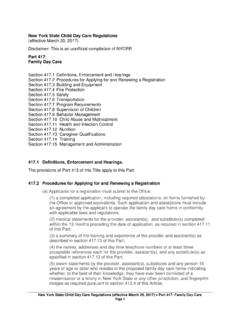
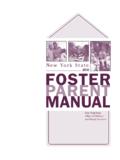
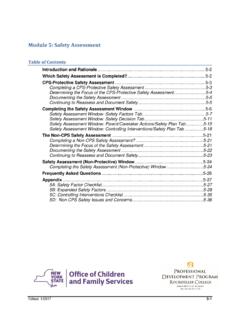
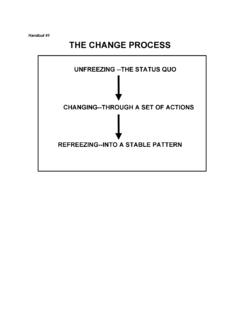
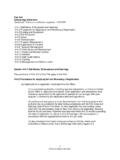
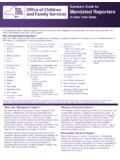
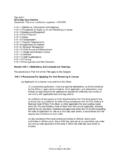
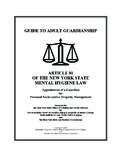
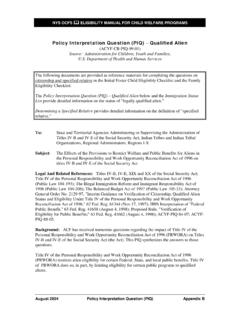
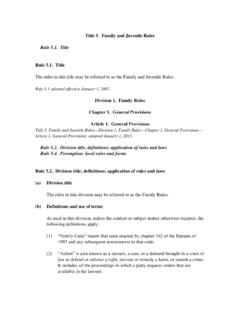
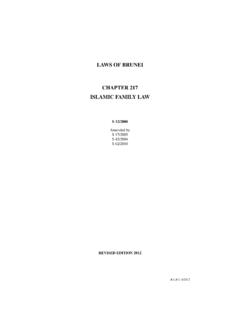
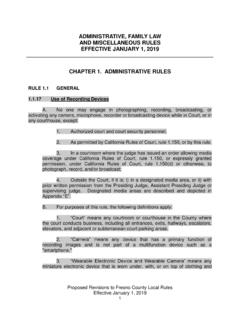
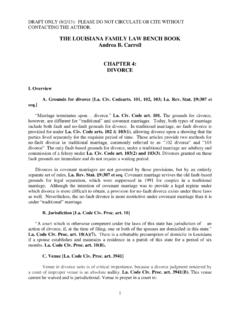
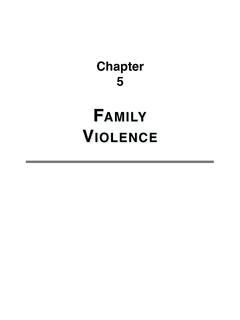
![CHAPTER 5 - [OFFENSES] - indianlaw.mt.gov](/cache/preview/a/f/b/0/c/0/0/b/thumb-afb0c00bde8407c6a9ae0a4fc2364016.jpg)
